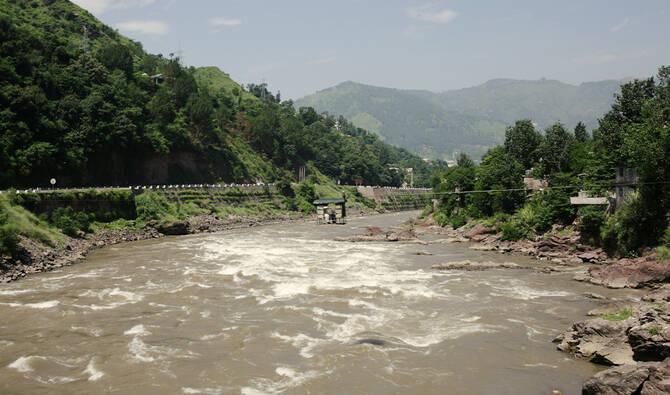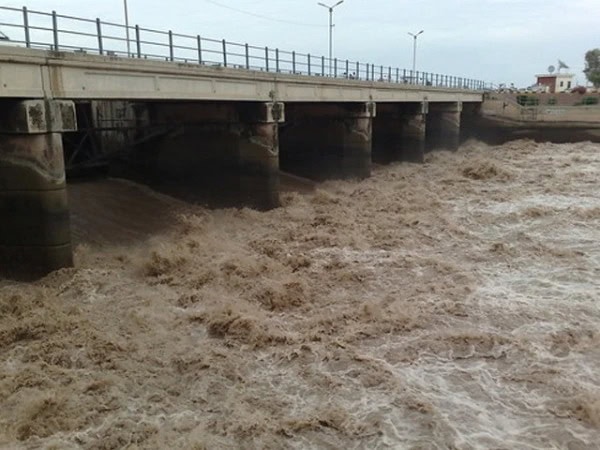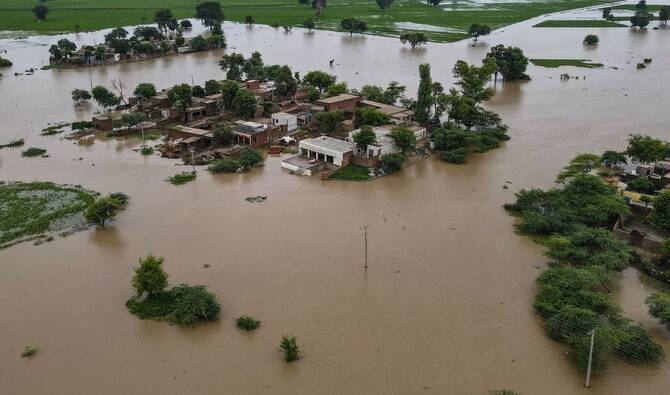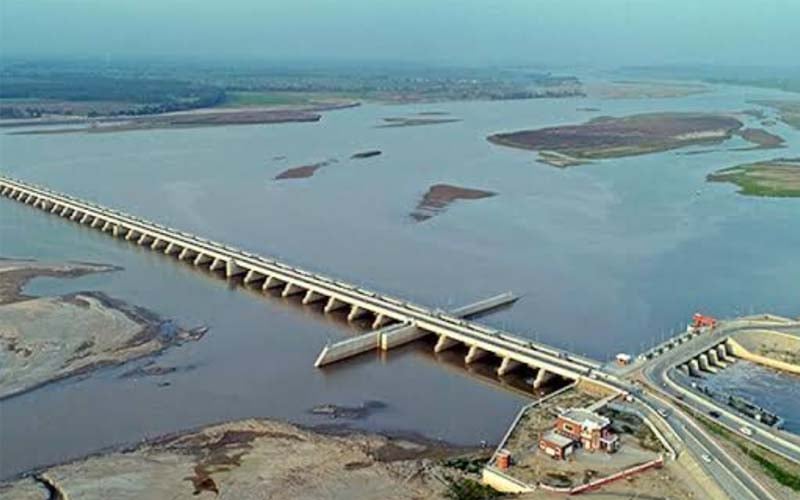Climate

MUZAFFARABAD: Tensions over India’s “water aggression” have deepened after New Delhi released large volumes of water into the Jhelum River from occupied Kashmir, prompting urgent flood warnings across Azad Jammu and Kashmir (AJK).
According to the State Disaster Management Authority (SDMA), the released water has entered Azad Kashmir from the Chakothi point at the Line of Control (LoC). The authority confirmed that the river’s water level has surged in Muzaffarabad and is being closely monitored.
Rising Flood Threats
Officials warned that the continued inflow from Chakothi could significantly raise water levels in Muzaffarabad, Hattian Bala, and downstream areas extending to Mangla Dam.
The SDMA issued precautionary instructions for residents, urging the public to:
- Avoid unnecessary movement near riverbanks and streams.
- Relocate livestock and valuables to safer locations.
- Keep children away from rivers and storm drains.
Wider Impact Across Punjab and Kashmir
This comes just days after India released water into Punjab’s rivers — Ravi, Chenab, and Sutlej — causing devastating floods that submerged villages, destroyed standing crops, and displaced thousands.
Authorities fear a repeat of the devastation as the Jhelum’s rising waters could endanger densely populated areas in Azad Kashmir.
Political Context
Islamabad has repeatedly accused New Delhi of using water releases as a strategic tool, particularly during times of political or regional tensions. Critics call it a form of “water aggression”, with devastating humanitarian consequences.
The situation remains fluid as Pakistan’s disaster management bodies continue to monitor river levels and prepare evacuation plans in high-risk zones.




